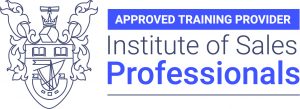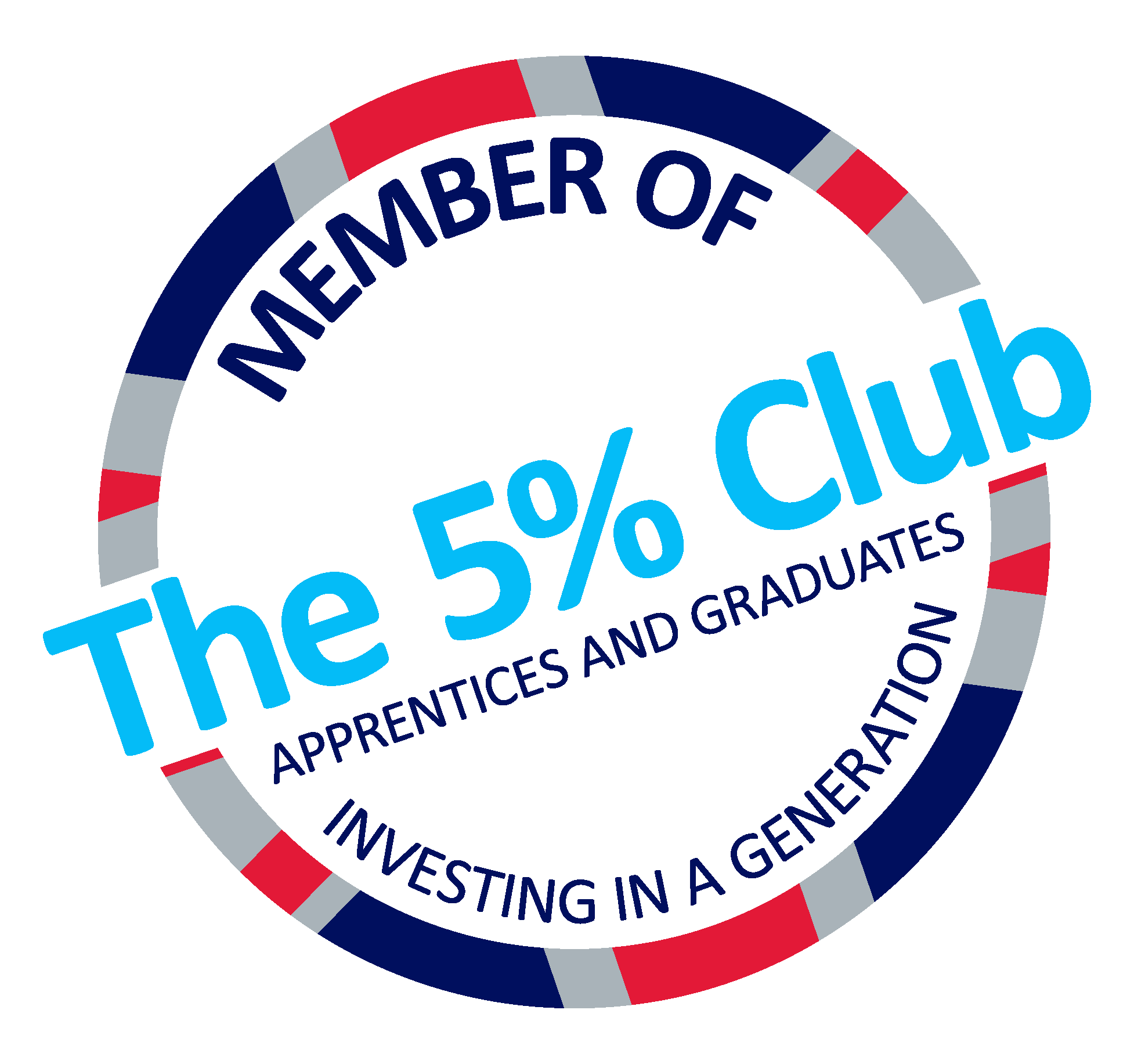As you may have heard before, your people are the greatest asset your company has, and the best means to achieve your business goals. Aligning business strategy and people strategy makes a great deal of sense on many levels. It will enable you to:
- Develop a robust talent pipeline
- Reduce employee turnover
- Bolster employee engagement; create a workforce engaged with company values and motivated to reach business goals
- Benchmark functions, skills and behaviours; work out what ‘good’ looks like for your organisation
- Target training and development needs to ensure employees are performing at their best, and increase retention
- Plan for the future of your company in a more effective and managed way, particularly where succession planning is concerned
- Simultaneously save and make money
But what about some hard stats? We know it is not always easy to put your trust in a plan if you can’t see a measurable result or ROI – and difficult to explain why you should be doing it when you’re grilled by the board! Talent strategy is a notoriously tricky area in which to find hard figures, but Discovery have managed to rustle up a few for you:
- Only 11% of organisations have reached a mature stage of their workforce planning strategy; if you implement an aligned strategy now, you will be in a highly competitive position compared to the majority of companies.
- Companies which have reached maturity in the business and people strategy alignment are 160% more likely to perform better than those who have not started implementing this alignment.
- 50% of high-potential employees drop out of their career programmes within 5 years; stop haemorrhaging your best talent, and your business will feel the benefits.
- The average cost of replacing just one bad-hire employee is £30, 614, including lost productivity and recruitment costs; that’s a significant drag on the bottom line that you can virtually eliminate with an effective business and people strategy alignment.
- Worldwide, only 13% of workers are ‘highly engaged’; a truly engaged workforce can give you a valuable edge over your competitors.
And, of course, just because the return on investment is harder to calculate to the last pound and penny, that doesn’t mean the ‘softer’ (read: people-related) benefits don’t have ‘hard’ (read: financial) effects on the business. Your people are your business, and aligning the two strategically makes complete business sense.
Ultimately, if you align your business strategy with your people strategy, you are far more likely to reach and exceed your business goals in an effective way, both today and in the future.
Written by Florence Sturt-Hammond













